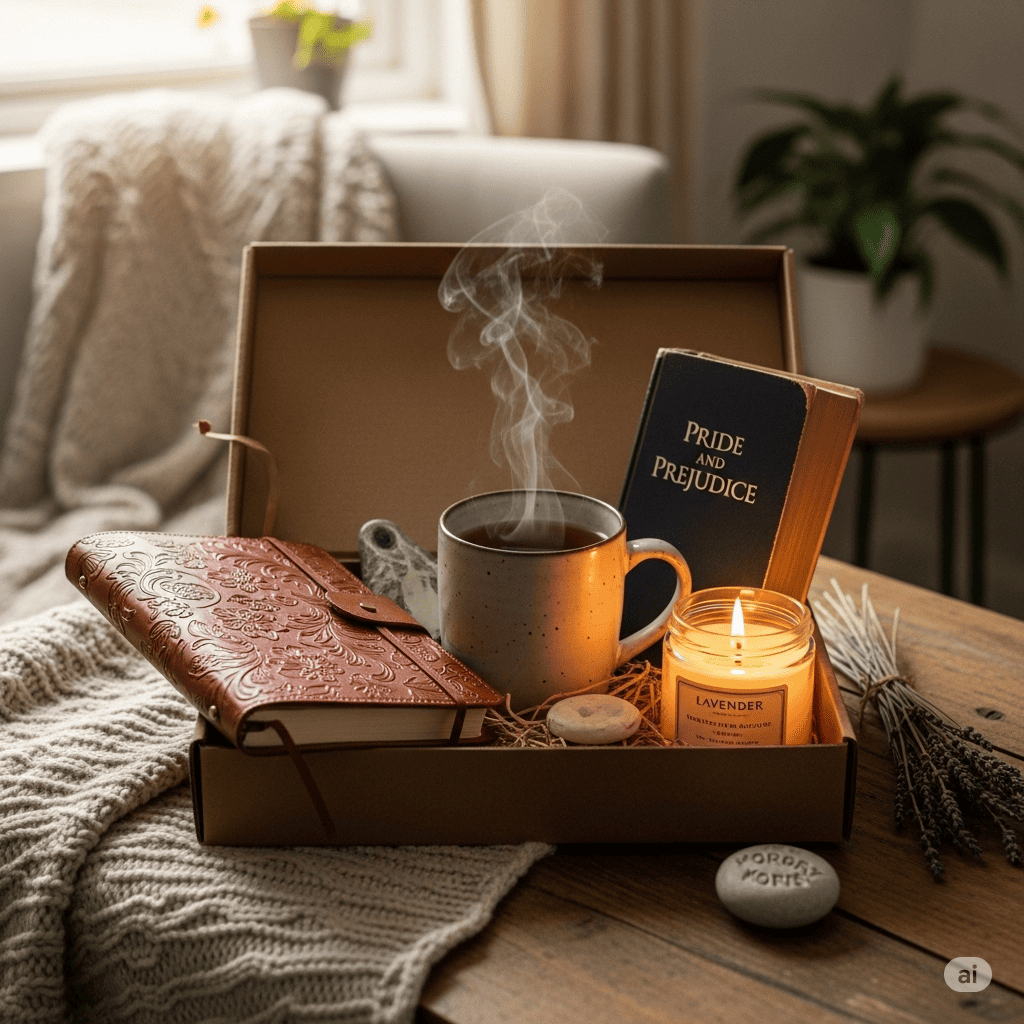Your home is more than just a place where you sleep and store your belongings — it’s a direct reflection of your mental and emotional state. A cluttered, chaotic space can lead to stress, fatigue, and overwhelm. On the other hand, a peaceful and intentional home environment can become a powerful foundation for extreme self-care.
You don’t need a designer or a huge budget to create a home that supports your well-being. What you need is mindfulness, clarity, and consistency.
In this article, you’ll learn practical, accessible ways to organize your space so it actively nurtures your body, calms your mind, and invites balance into your daily life.
Why Your Environment Affects Your Mental Health
Science confirms what intuition already knows: your environment shapes your mood, productivity, and mental clarity. Visual clutter increases cortisol (the stress hormone) and can lead to anxiety, irritability, and even depression.
A well-organized space offers the opposite — mental spaciousness, emotional calm, and energy renewal.
Just like food and sleep, your surroundings are part of your self-care ecosystem.
Step 1: Start With a Clear Intention
Before you start organizing, ask yourself:
“What kind of feeling do I want this space to create for me?”
Your goal isn’t perfection. It’s alignment.
Examples of intentional goals:
- A bedroom that feels safe and restful
- A workspace that feels clear and focused
- A kitchen that encourages mindful eating
- A living room that invites relaxation
Once you know your emotional goal, every organizing decision becomes easier.
Step 2: Declutter With Compassion
Decluttering isn’t just about removing “stuff.” It’s about releasing what no longer supports who you are becoming.
Use the one-room-at-a-time method and ask yourself:
- Do I use this regularly?
- Does this add peace or beauty to my space?
- Does this reflect who I am now — or who I used to be?
- Would I buy this again today?
If the answer is no, consider donating, recycling, or letting it go.
Important: Be kind to yourself during this process.
Letting go can be emotional. Give yourself permission to release without guilt or pressure.
Step 3: Create Daily Drop Zones
One of the biggest causes of visual clutter is everyday items being left in random places — bags, keys, mail, shoes, chargers, etc.
Combat this by creating dedicated zones for daily essentials:
- A basket for keys and wallets near the door
- A small shelf or box for mail
- A tray for electronics
- A hook for your bag or jacket
- A bin for shoes near the entrance
This makes tidying up automatic and keeps your surfaces clear.
Step 4: Design a “Recharge Corner”
Extreme self-care includes having a physical space where you can pause and restore. This could be a corner of your bedroom, a window seat, or a chair in your living room.
Keep it simple:
- A comfortable cushion or chair
- A soft blanket
- A plant or candle
- A journal or book
- Noise-canceling headphones or calming music
Use this space as your daily retreat — even if just for 10 minutes. It sends a powerful signal to your nervous system: this is your sanctuary.
Step 5: Keep Surfaces as Clear as Possible
Cluttered surfaces lead to a cluttered mind.
Clear kitchen counters, bedside tables, desks, and dressers by:
- Storing infrequently used items out of sight
- Using trays or baskets to group essentials
- Leaving open space to create calm
You don’t have to eliminate everything — just reduce visual chaos. Let your surfaces breathe, and your mind will too.
Step 6: Use Lighting to Shift the Mood
Harsh or unbalanced lighting can create anxiety and overstimulation, especially in the evening. Instead, opt for soft, layered lighting to create a soothing atmosphere.
Suggestions:
- Use warm-toned bulbs instead of bright white
- Add string lights or fairy lights for coziness
- Use candles or Himalayan salt lamps
- Open curtains during the day for natural light
A well-lit space that shifts from day to night supports your circadian rhythm and emotional regulation.
Step 7: Add Small Elements of Joy and Meaning
You don’t need to redecorate your whole home to feel better. Just add intentional, joyful touches:
- A framed quote that inspires you
- A crystal, shell, or stone from a meaningful trip
- A family photo in a beautiful frame
- A color that makes you feel calm
- A plant that brings life into the space
These small touches can ground you emotionally and make your space feel personal and sacred.
Step 8: Clean As a Ritual, Not a Chore
Cleaning doesn’t have to be a stressful task — it can be part of your self-care practice. Think of it as a ritual of energy clearing.
Tips to make it more enjoyable:
- Play music or a calming podcast
- Light a candle while you tidy
- Set a 15-minute timer and stop when it ends
- Focus on how you’ll feel after, not during
Cleaning becomes more than maintenance — it becomes an act of love toward your future self.
Step 9: Keep a “Reset List” for Overwhelming Days
There will be days when things fall apart — and that’s okay. Prepare for them by creating a simple “reset list” that helps you regain a sense of control.
Your list might include:
- Make the bed
- Clear one surface
- Open a window
- Start laundry
- Do a 10-minute clean-up
- Take a shower
You don’t have to do everything. Just do something. Momentum builds quickly when the space supports you.
Your Home Should Feel Like a Soft Place to Land
Extreme self-care means creating a life that supports your emotional and physical health — and that starts with your environment. You deserve to come home to a space that feels like peace, not pressure.
You don’t need to wait for a bigger apartment, more money, or more time. Start today. One drawer, one corner, one ritual at a time.
Your space is a mirror. Make it reflect the calm, grounded, and cared-for version of you that you’re becoming.






